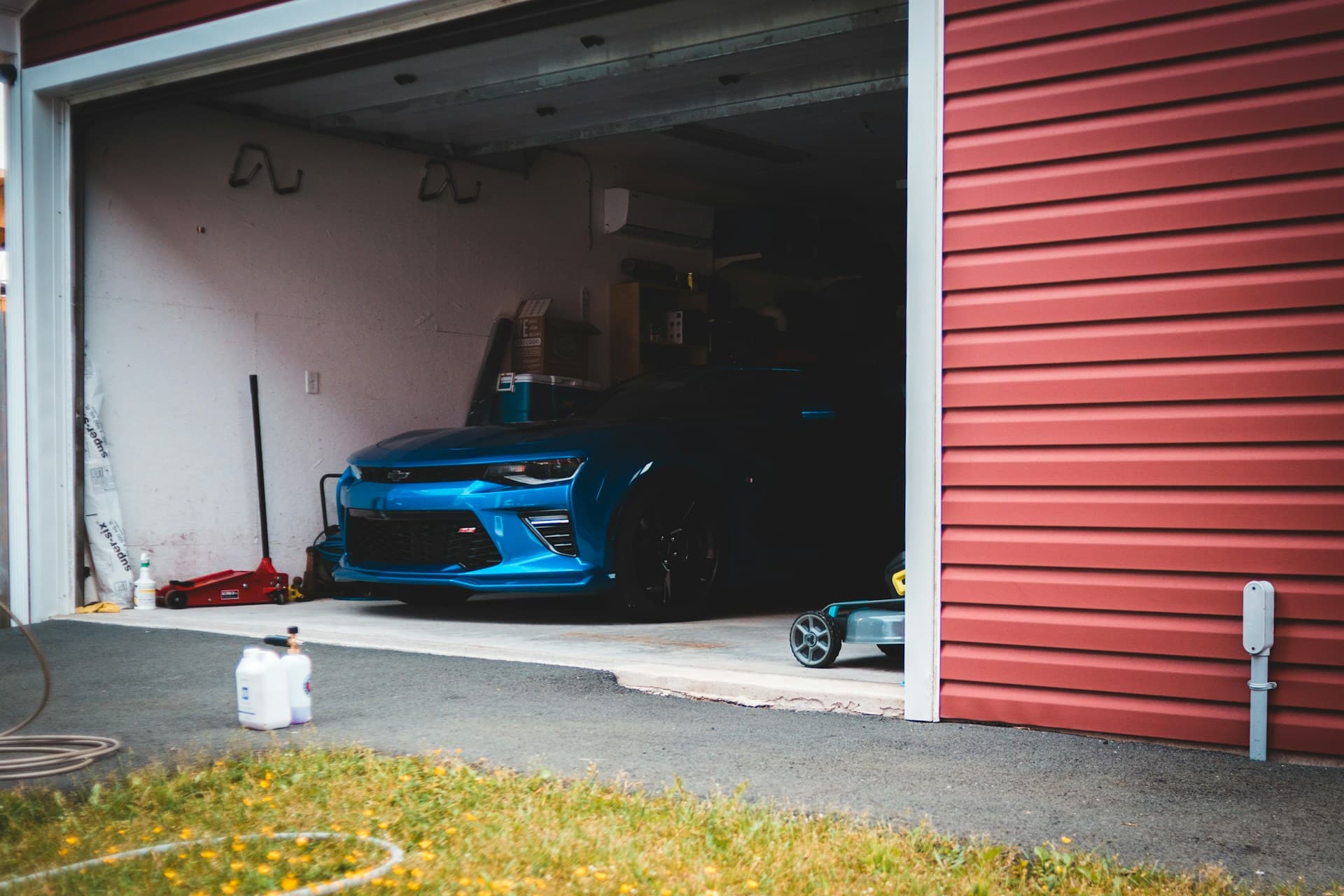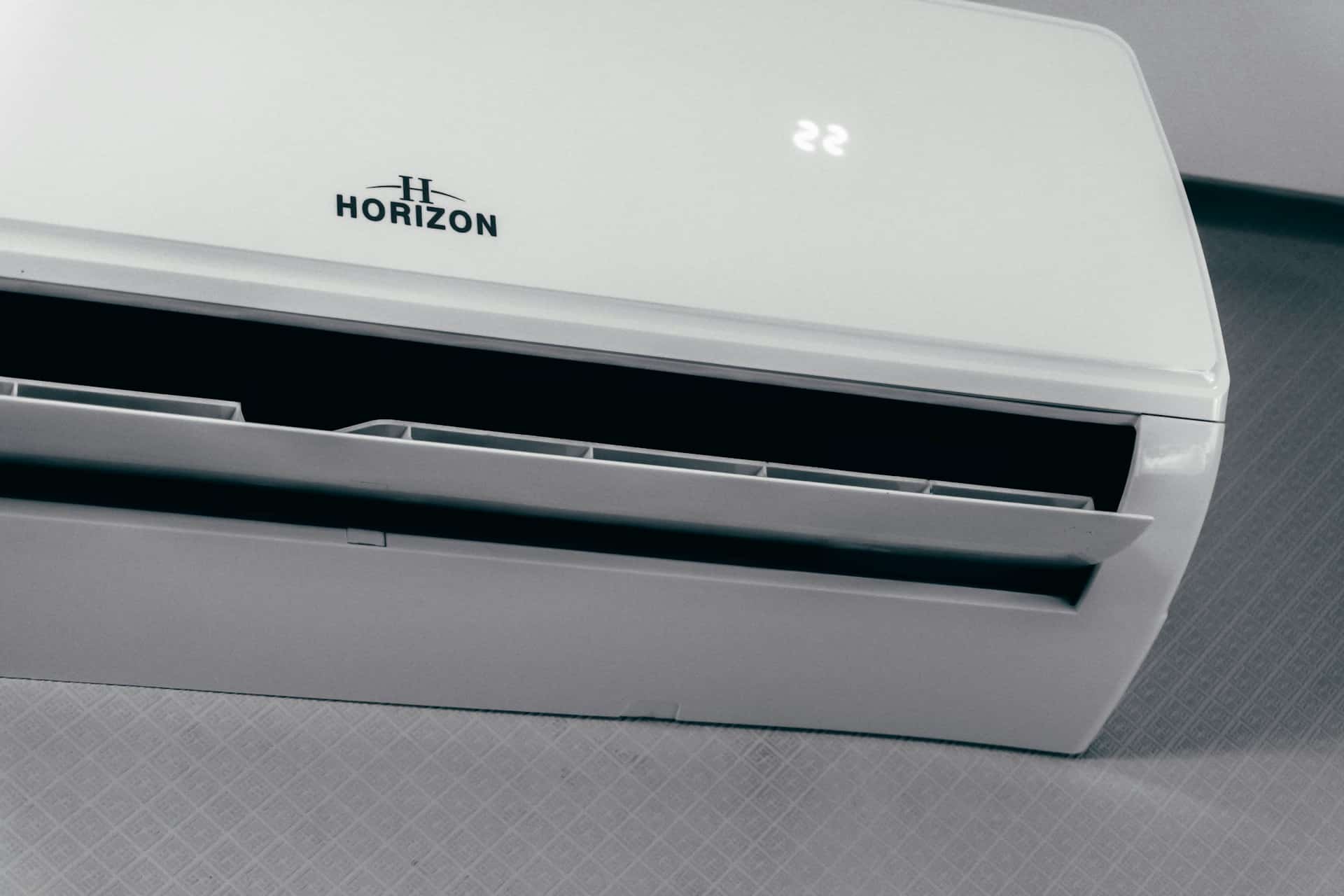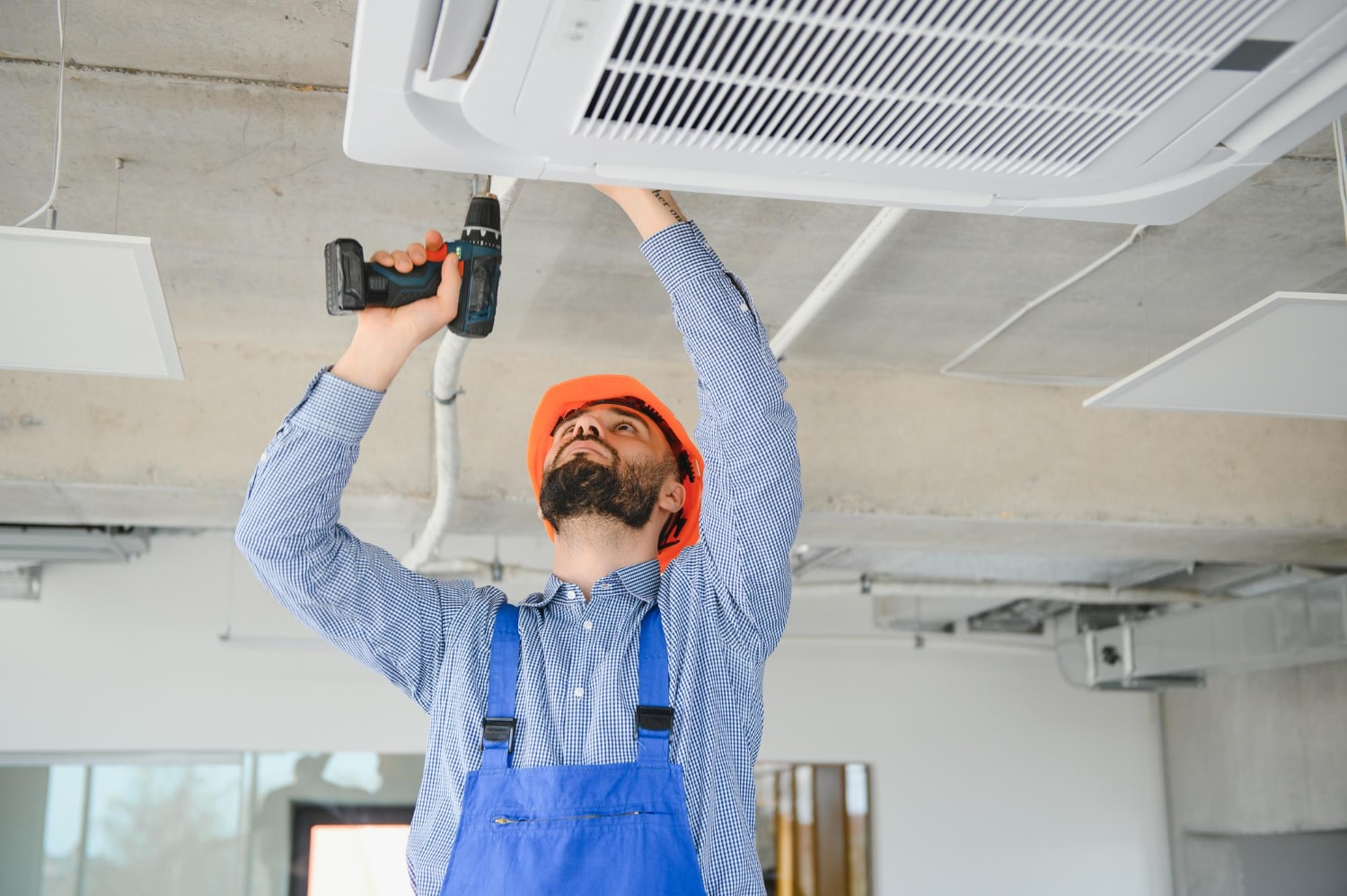When the Arizona sun hits its peak in September, spending time in the garage can feel like walking into an oven. For homeowners in Gilbert, the garage often pulls double duty—serving as a workspace, gym, storage area, or even a hangout spot. The trouble is, it heats up fast and holds onto that heat all day long. Whether you’re working on a project or just trying to make the space more usable, a hot garage can throw a wrench into your plans.
Keeping your garage cooler doesn’t have to be overly complicated. The right combination of insulation, airflow, and cooling solutions can make a huge difference. With some smart updates and the right setup, you can turn your garage into a space that’s bearable even during Arizona’s hottest stretches. Here’s where you can start.
Insulating Your Garage
Insulation is one of the most overlooked ways to control the temperature in a garage. It acts like a barrier that helps keep the extreme heat out and traps cooler air inside. Without it, any cooling effort—whether from a fan or AC unit—is basically wasted. Heat will keep seeping through the walls and ceiling, making temperature control a constant uphill battle.
If your garage walls or ceiling are unfinished, that’s a good thing—it actually makes adding insulation a bit easier. There are a few types of insulation commonly used in garages, including:
– Fiberglass batts: These are easy to install between studs in unfinished walls
– Foam board: Good for thinner spaces where thick insulation won’t fit well
– Spray foam: Offers coverage in hard-to-reach gaps, but usually requires professional installation
Garage doors are another spot where heat moves in quickly. You can get insulation kits made for most garage door types, which stick panels of foam or reflective foil to the inside. This simple fix can help reduce how fast your space heats up by blocking radiant heat.
Here’s a basic step-by-step to guide your insulation process:
1. Measure your open wall areas, ceiling, and garage door
2. Pick the insulation type that fits your needs and budget
3. Wear protective gear if installing fiberglass batts yourself
4. Fit the batts snugly between wall studs, securing them with staples if needed
5. Seal edges and gaps with caulk or foam sealant
6. Attach the garage door insulation according to the kit directions
These efforts create a thermal shell to work with your cooling solutions, not against them. Every bit of insulation helps slow down how fast the garage heats up and that makes any cooling system work better in the long run.
Ventilation Options for Garages
Even good insulation won’t do much if hot air has nowhere to go. That’s where proper ventilation comes in. Moving hot air out and letting cooler air in can drop the temperature in your garage faster than you might think. Ventilation also helps reduce moisture, which can help protect your tools and stored items.
There are a few types of garage ventilation ideas to consider:
– Roof vents: Let warm air rise and escape naturally through the roof
– Wall vents: Pull fresh air in and allow stale air to leave from the opposite side
– Exhaust fans: Actively push hot air out, speeding up airflow in the space
– Ceiling fans or box fans: Help circulate the air and keep it from sitting stagnant
For garages without access to roof lines or attic space, wall-mounted exhaust fans may be your best option. Install them on the opposite wall of an open window or vent to create a path for the air to move through. Even placing a fan near the garage door to blow out air while keeping the door cracked open can help during the hottest parts of the day.
One resident in Gilbert installed a small exhaust fan along with two side wall vents above head height. With the garage door left cracked open at the bottom, the ventilation system drew in cooler air and pushed out hot air without mechanical air conditioning. It wasn’t chilly, but it was liveable even in the afternoon.
By setting up even basic ventilation, you’re giving any cooling system a helping hand. Without it, heat stays trapped and the garage becomes one giant heatbox no matter what else you do.
Using An AC System In Your Garage
When the heat in your garage becomes too much for fans and vents to handle, adding a dedicated AC system can make a real difference. Many garages in Gilbert aren’t connected to the home’s main HVAC system, which makes cooling them a bit of a challenge. Still, there are good options that don’t require a full remodel.
A ductless mini-split unit is one of the most popular choices for garage spaces. It offers strong cooling power without needing ductwork and gives you control over the temperature in just that part of your home. These units are mounted on the wall, take up very little space, and work efficiently with proper insulation and ventilation in place. For homeowners who spend a lot of time in the garage—whether for work, hobbies, or storage—a mini-split can turn the area into a more comfortable and usable space.
When choosing a unit, make sure it’s rated for the size of your garage. Too small and it’ll struggle to keep up. Too large and it may waste energy. Also, position the unit away from direct sunlight and clear any clutter that blocks airflow. Keeping vents clean and filters replaced will help it run its best, especially through long periods of heavy use.
An example that comes up all the time is when someone wants to turn the garage into a home gym. Without AC, lifting weights in the afternoon heat feels more like punishment than progress. But once a ductless system is installed, paired with ventilation and shade, the garage becomes a cool, usable gym any time of day.
If you’re not sure which system fits your garage best, it’s worth bringing in a professional to take a look. They’ll help you measure the space, look at how it’s built, and help you choose the right size and setup so you’re not wasting money on the wrong system.
Additional Tips To Keep Your Garage Cool
There are plenty of small tweaks that can go a long way when it comes to cutting down on heat. These won’t do the heavy lifting on their own, but they’re great for supporting the work your insulation, ventilation, and AC system are already doing.
Here are a few lower-effort improvements that help keep your garage cooler:
– Use reflective window film or insulated shades: Windows, especially ones facing west, flood the room with heat in the afternoon. Applying reflective film or covering windows with insulated curtains can make a noticeable difference
– Set up extra portable fans: If your garage has corners or areas that always seem warmer, an extra standing or box fan can help move cooler air around the space
– Add an evaporative cooler near the entrance: Swamp coolers work well in dry Arizona air and can bring in a quick burst of relief
– Clear out clutter near walls and vents: Piles of materials or tools stacked high can block airflow. Keeping corners and walls clear helps the air move and keeps hot spots from forming
– Paint the garage door a lighter color: A dark garage door absorbs more heat. Lighter-colored paint reflects sunlight and can slightly reduce the heat build-up inside
Every one of these can work hand-in-hand with a larger cooling system to improve overall comfort. Instead of just relying on one solution, layering these small changes can help turn garage time from sweaty to satisfying.
Stay Cool and Comfortable in Your Garage Year-Round
If you spend time out in the garage and feel like you’re stepping into a furnace, it’s probably time to make some changes. Whether you’re lifting weights, crafting, organizing, or just getting in and out of the car, you don’t have to battle the heat every day. With the right mix of insulation, proper ventilation, and smart cooling, your garage can be just as comfortable as any other room in your home.
The Arizona sun isn’t going anywhere. So if you know you’ll rely on your garage year-round, especially during the hotter months in Gilbert, taking a few smart steps now can make a big difference later. Build out your garage cooling system with care, and you’ll be glad you didn’t wait until the next heatwave to do something about it.
To make sure your garage stays comfortable even in the midst of Arizona’s scorching heat, consider integrating effective cooling strategies. For those times when the insulation and ventilation just aren’t enough, explore the benefits of a dedicated garage AC system. If you’re thinking about transforming your garage into a cool, usable space, JLM Air Conditioning and Heating is here to provide expert advice and service tailored to meet your specific needs.



